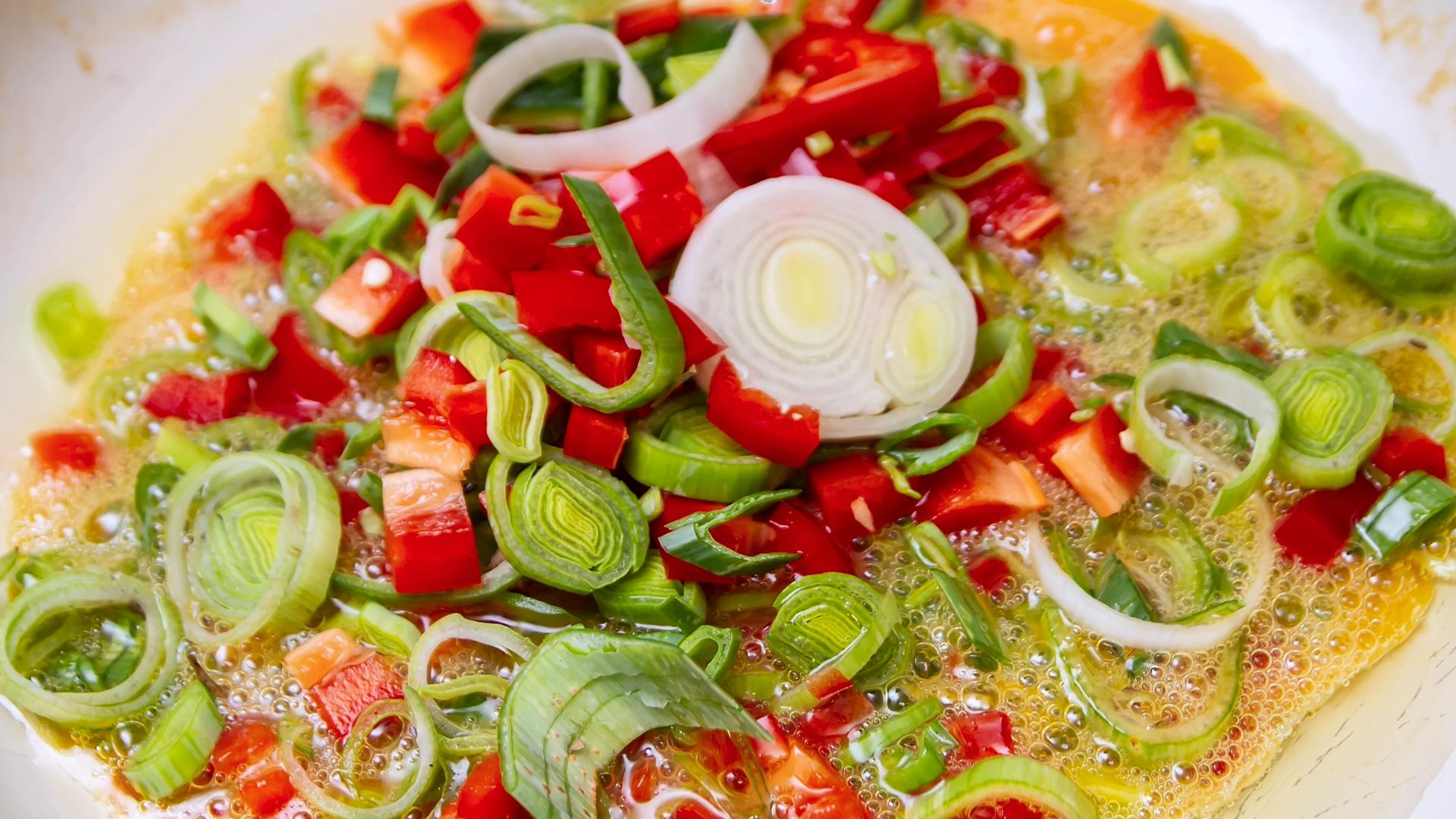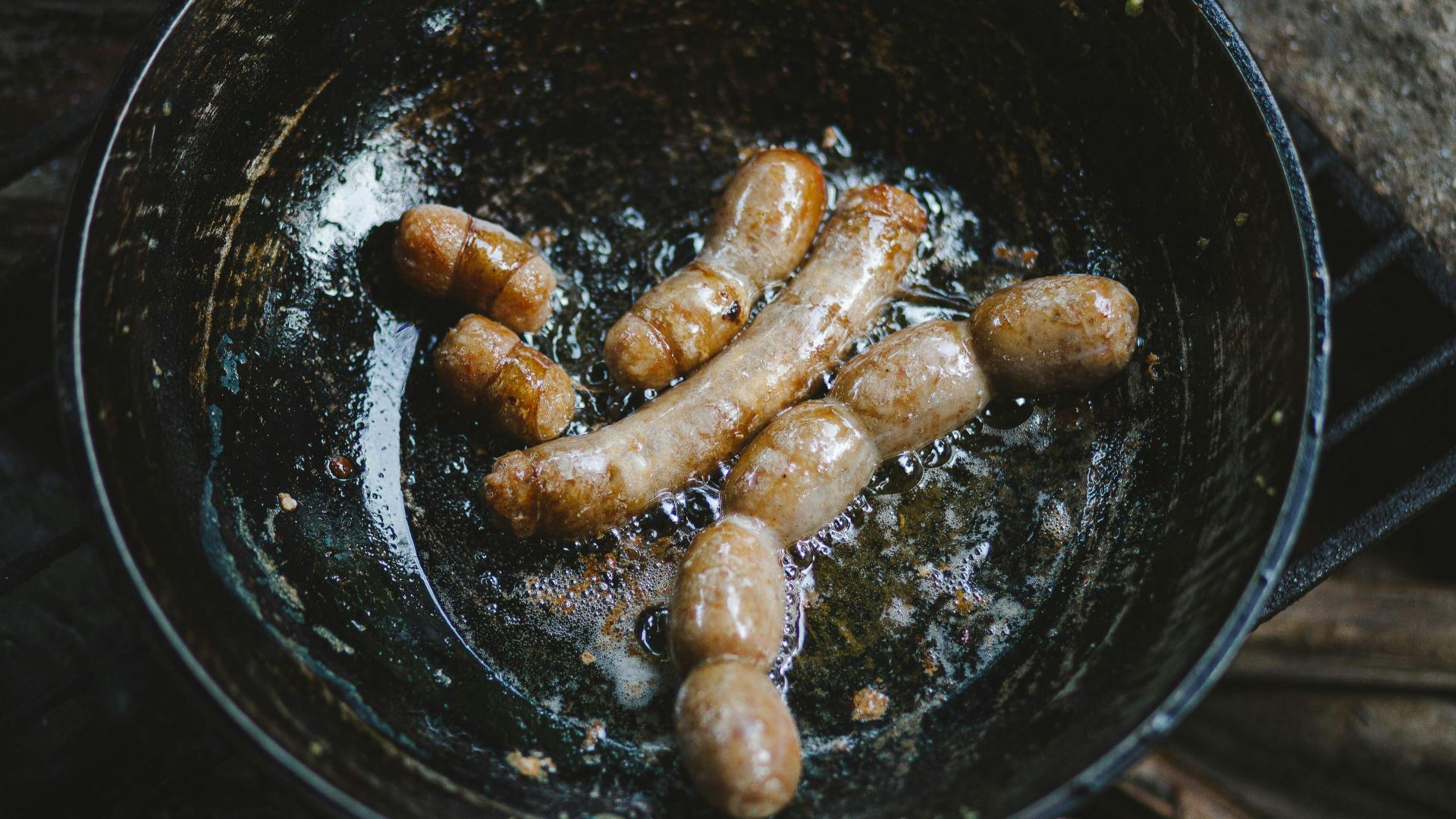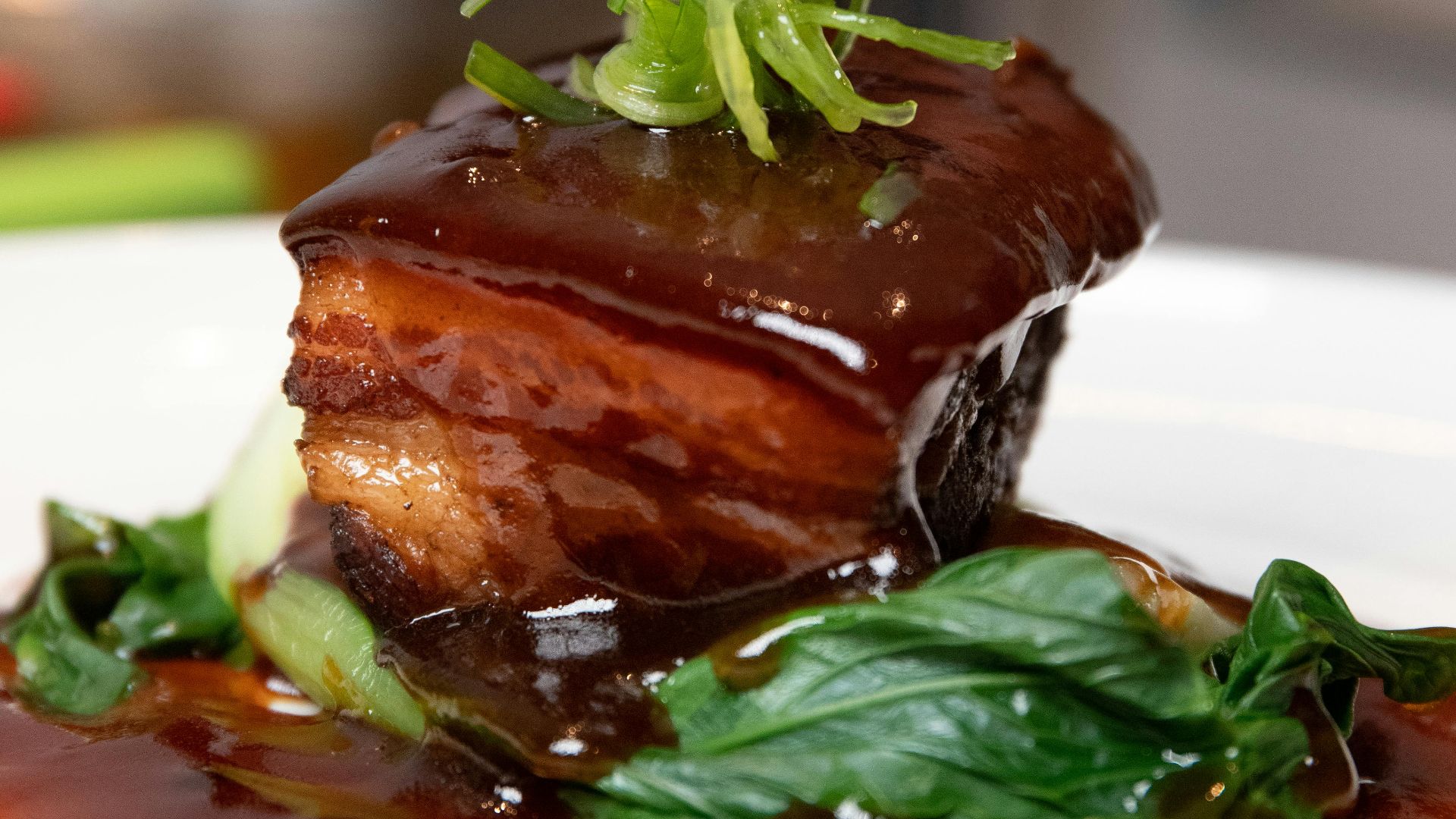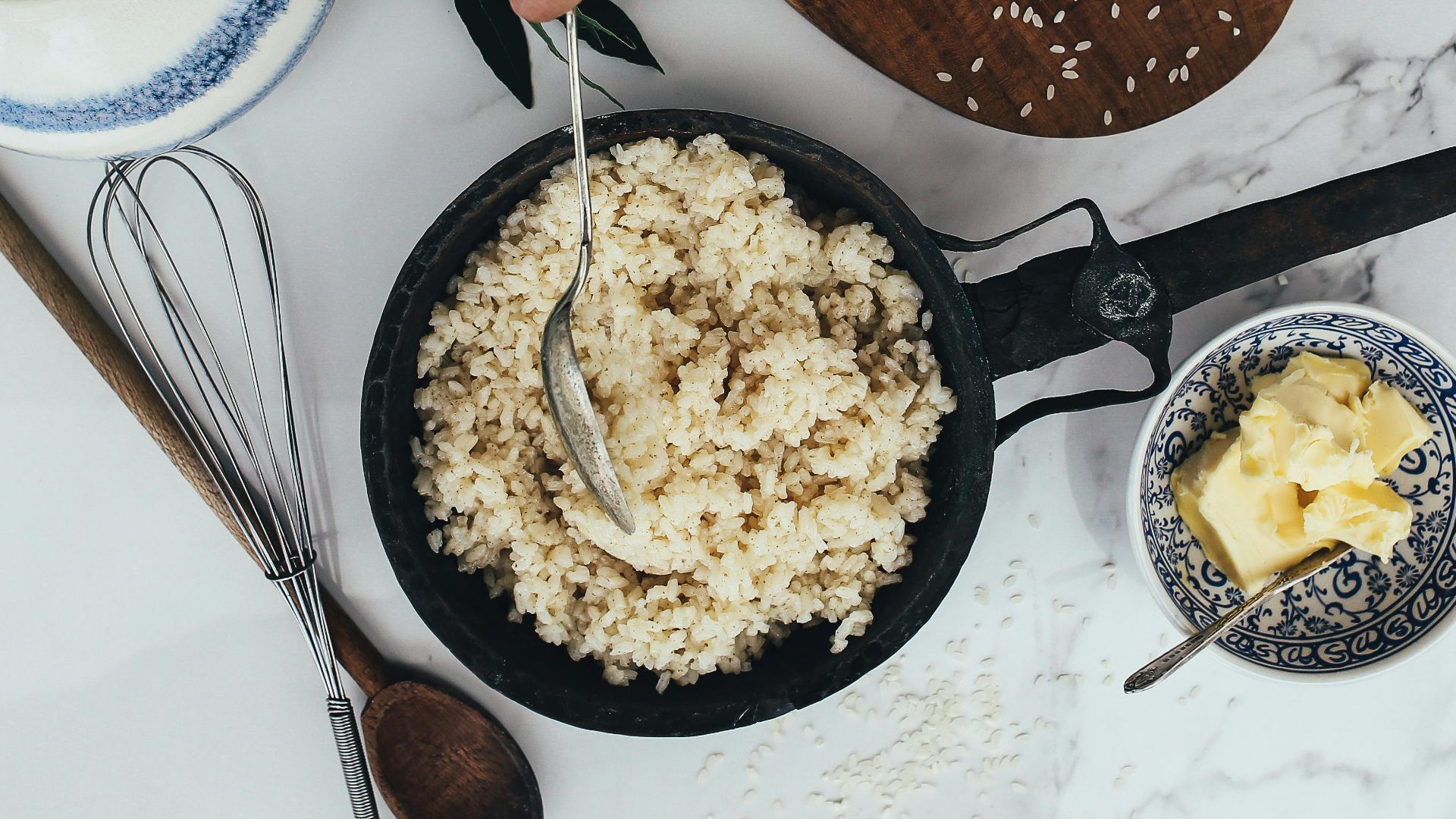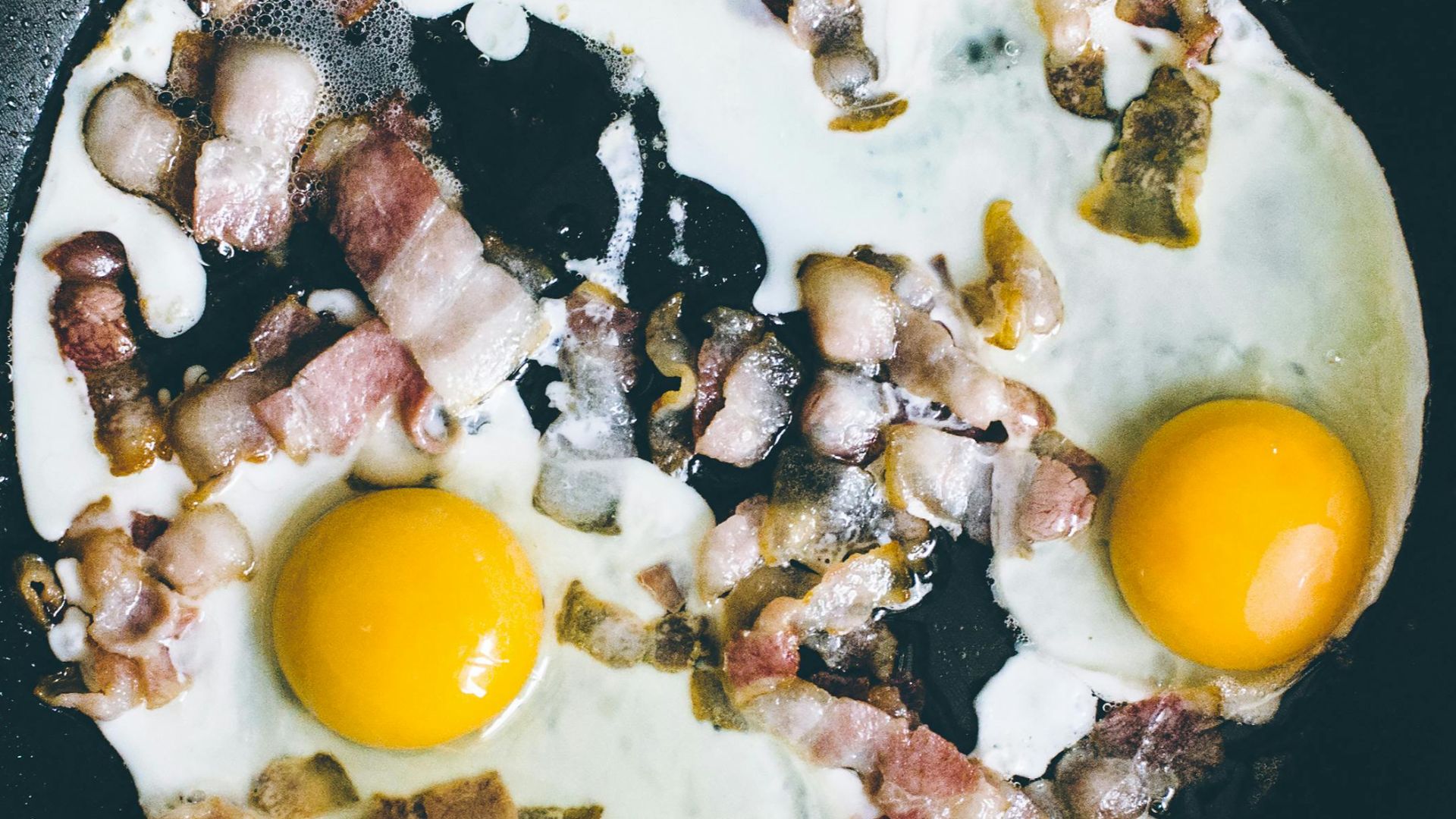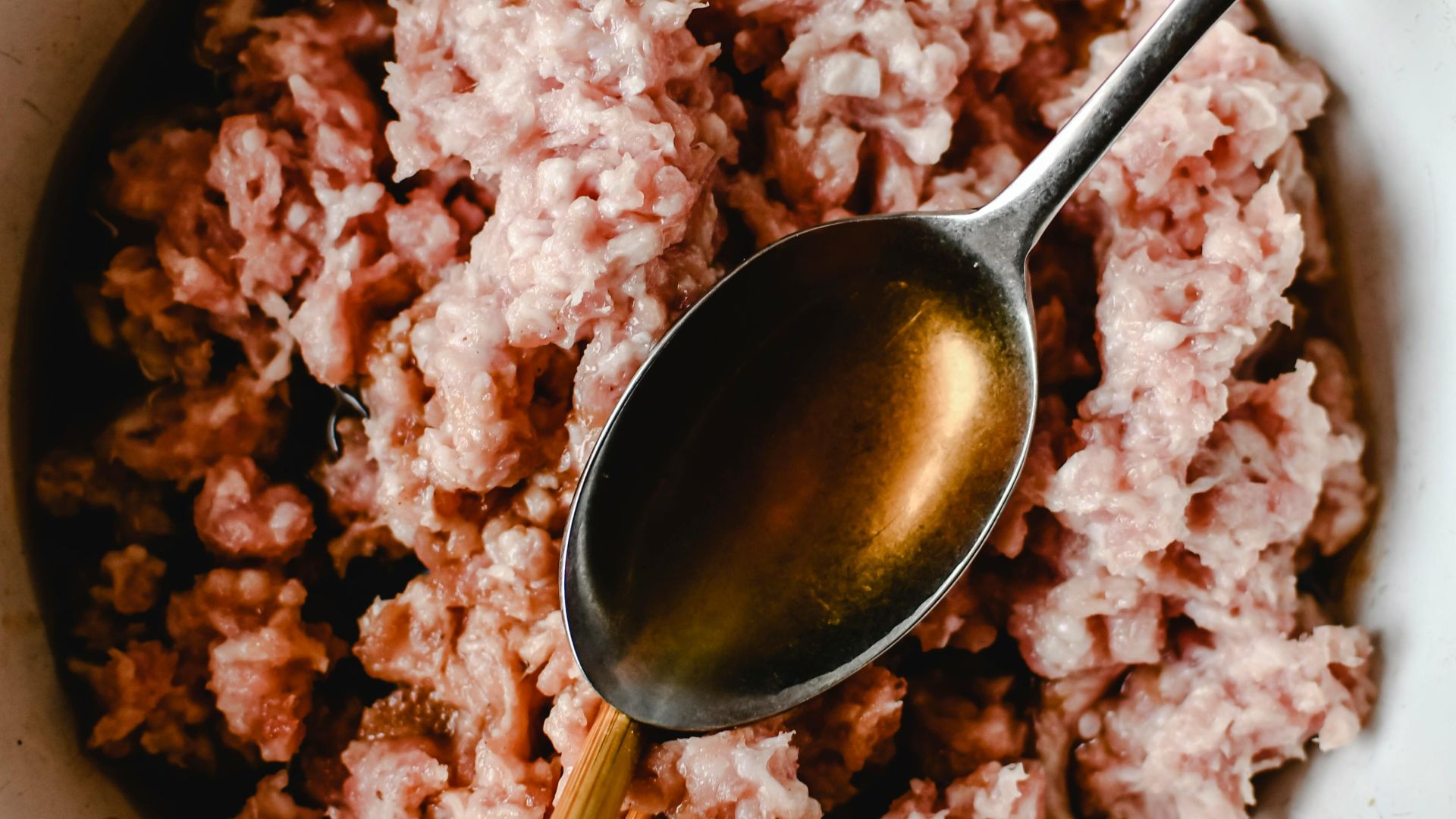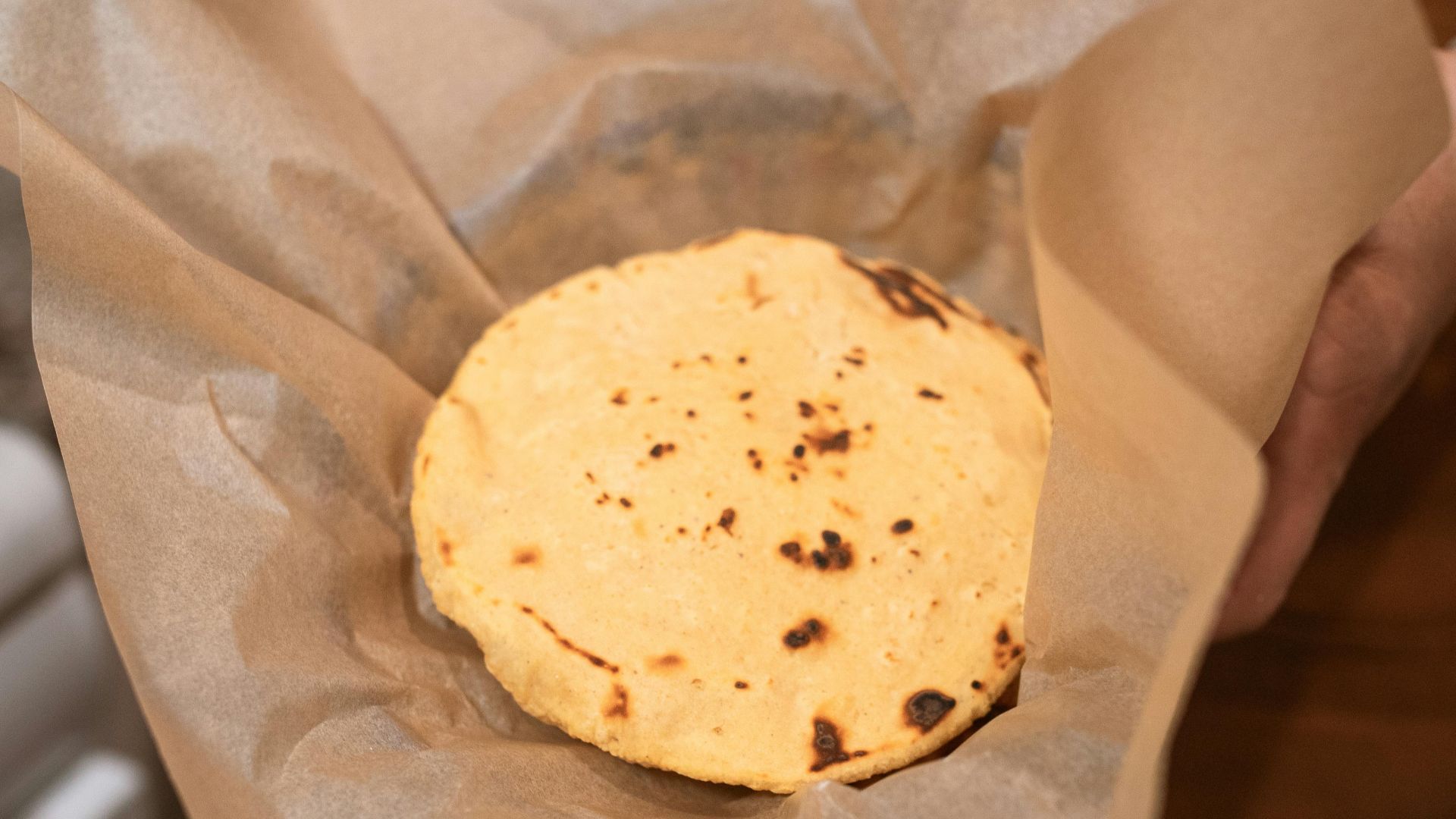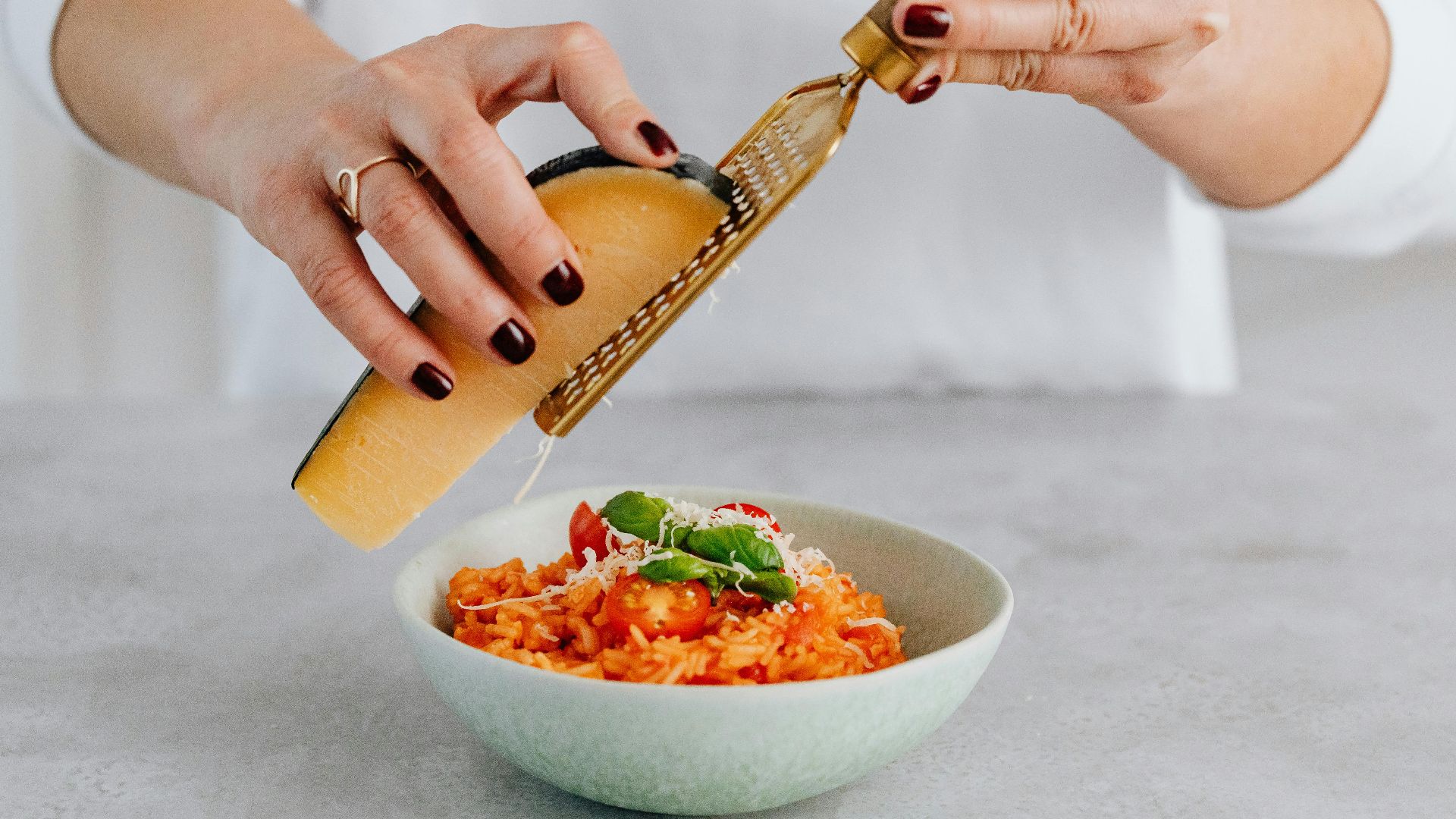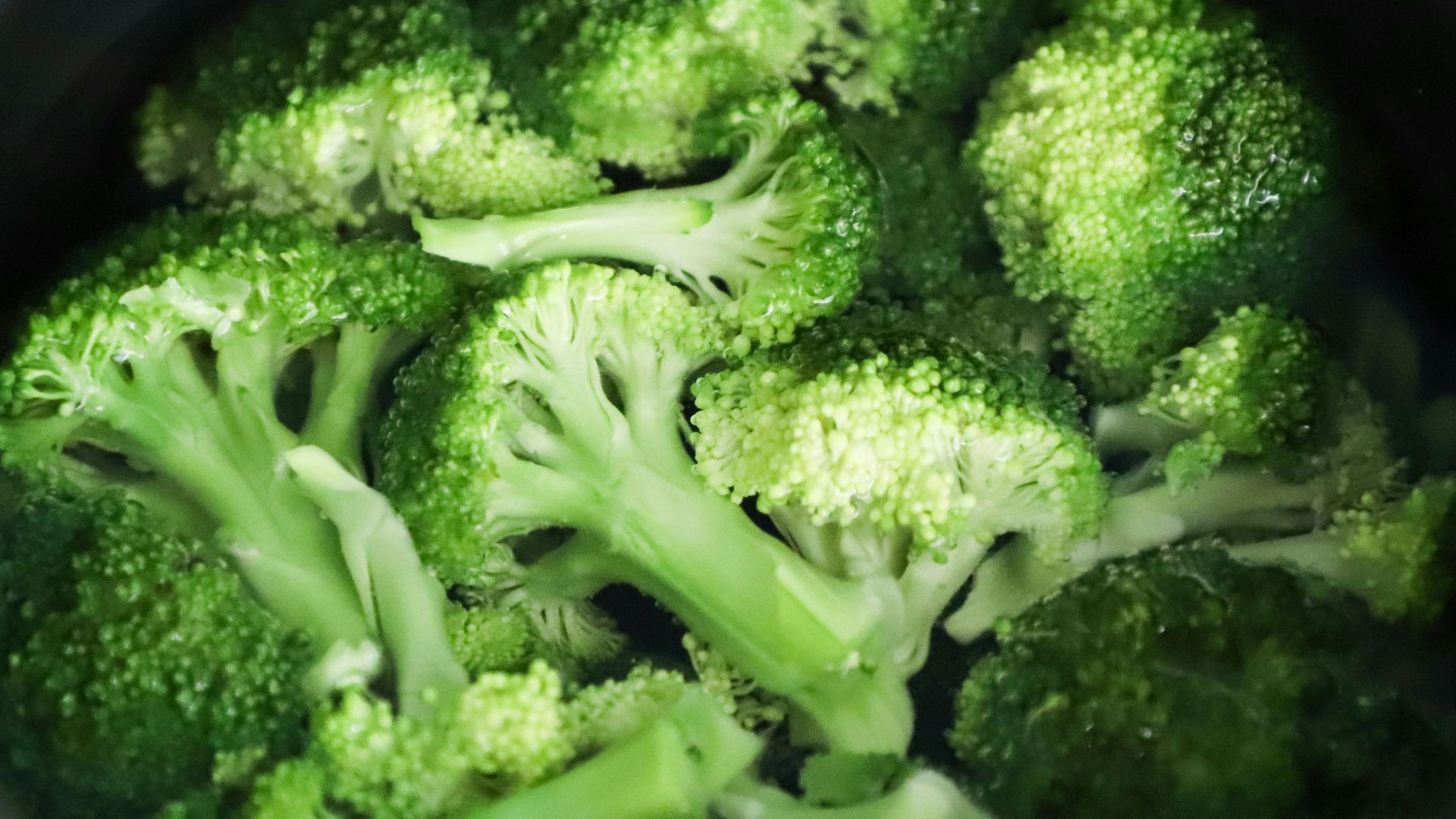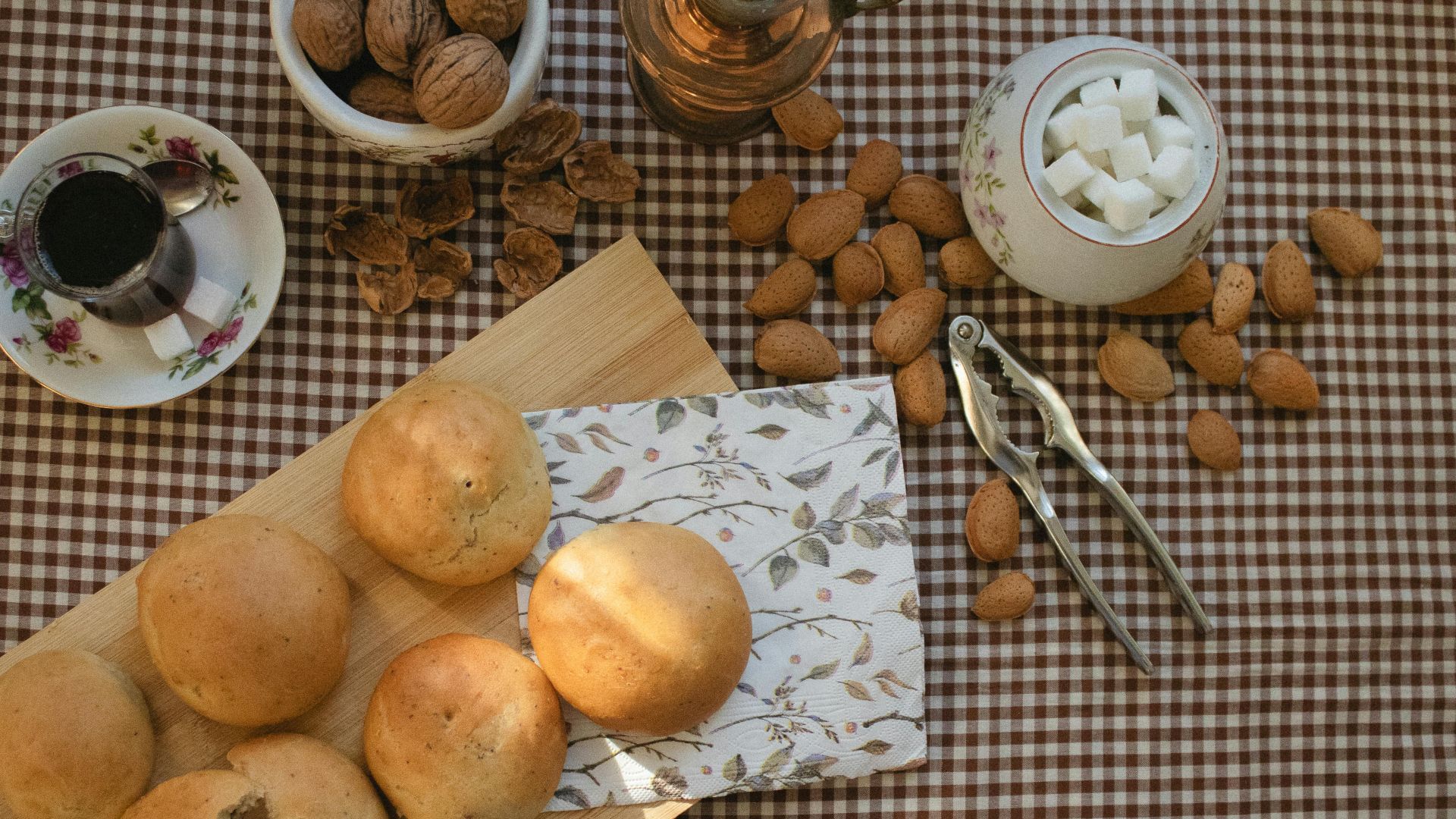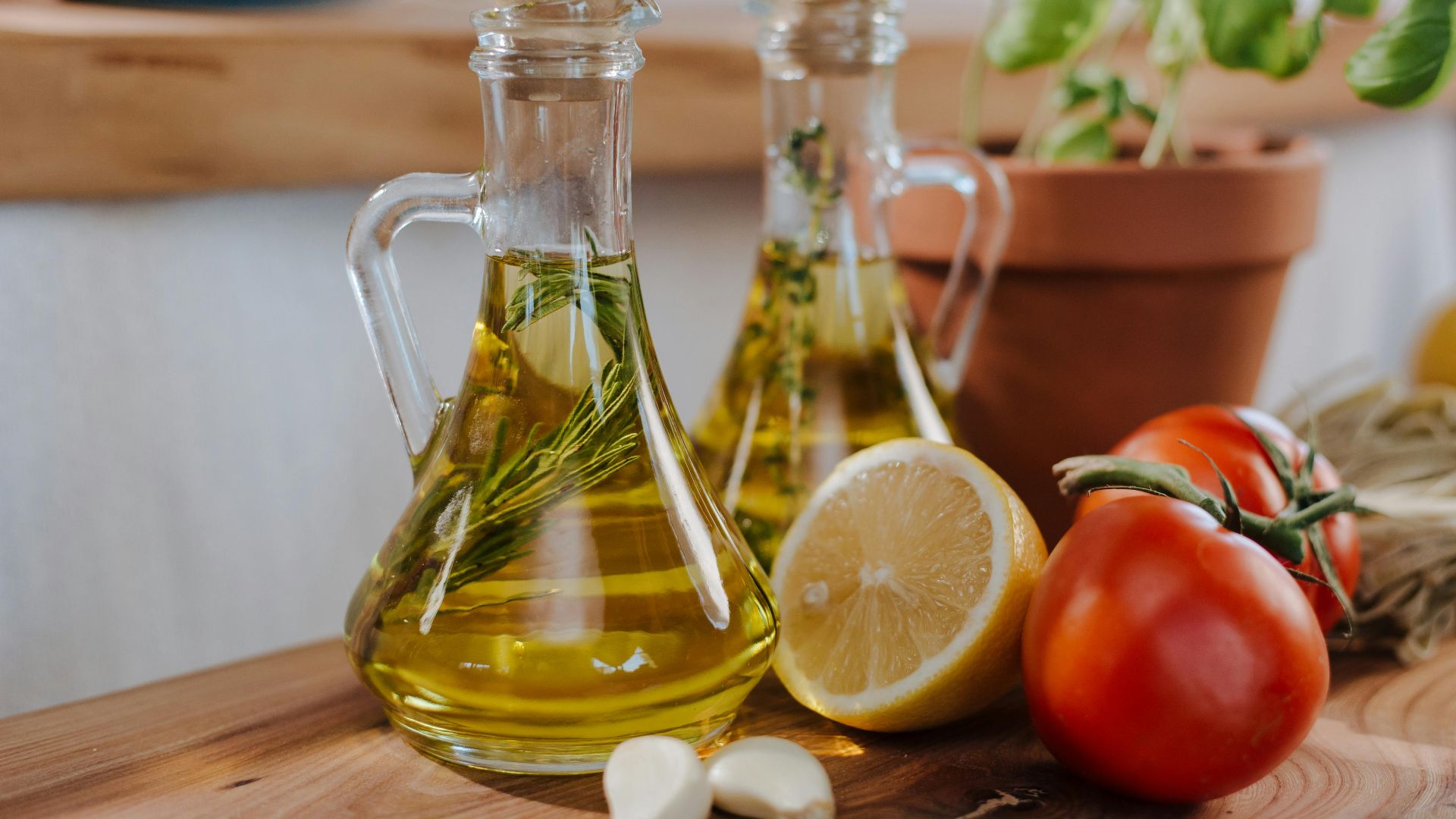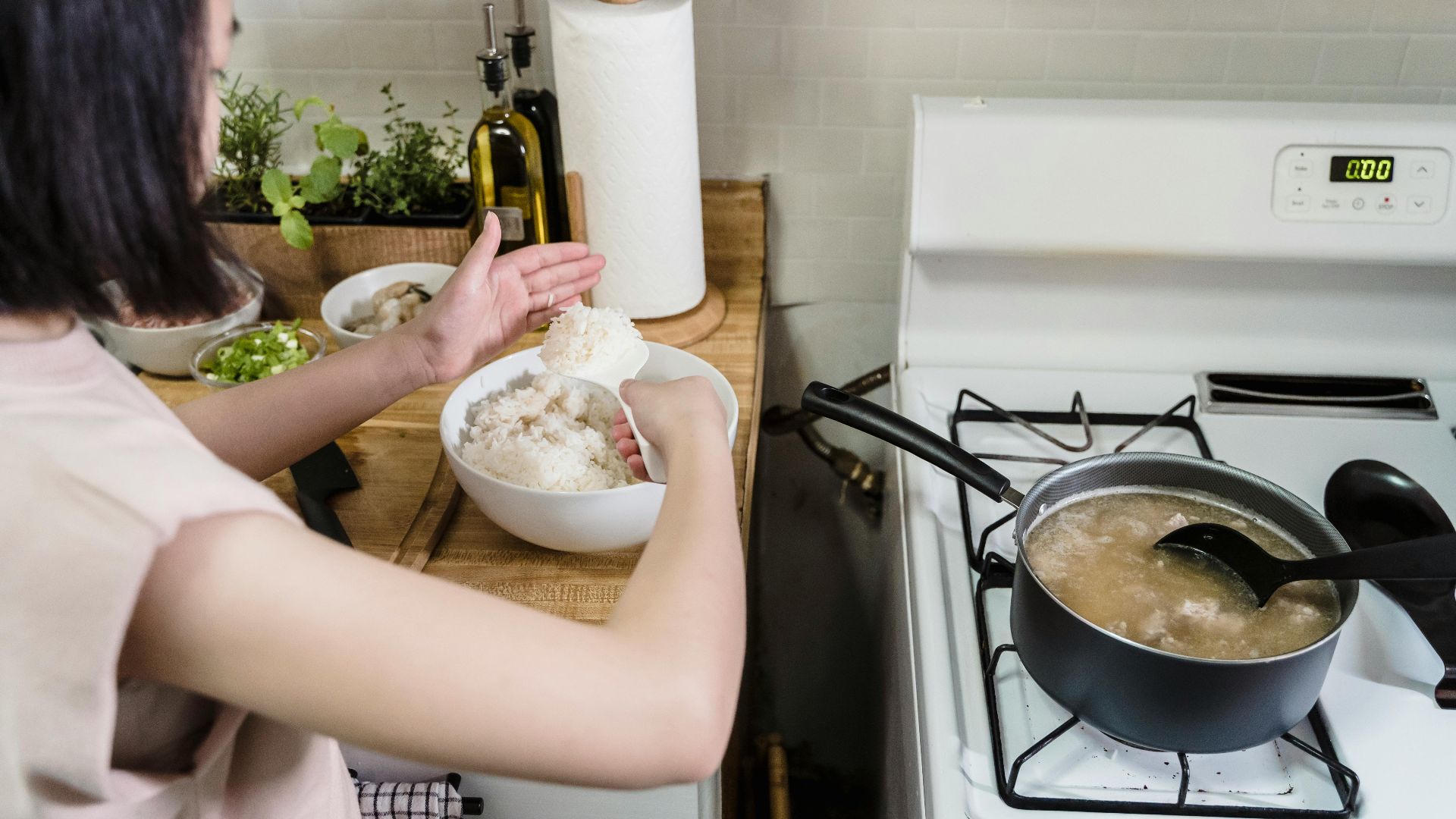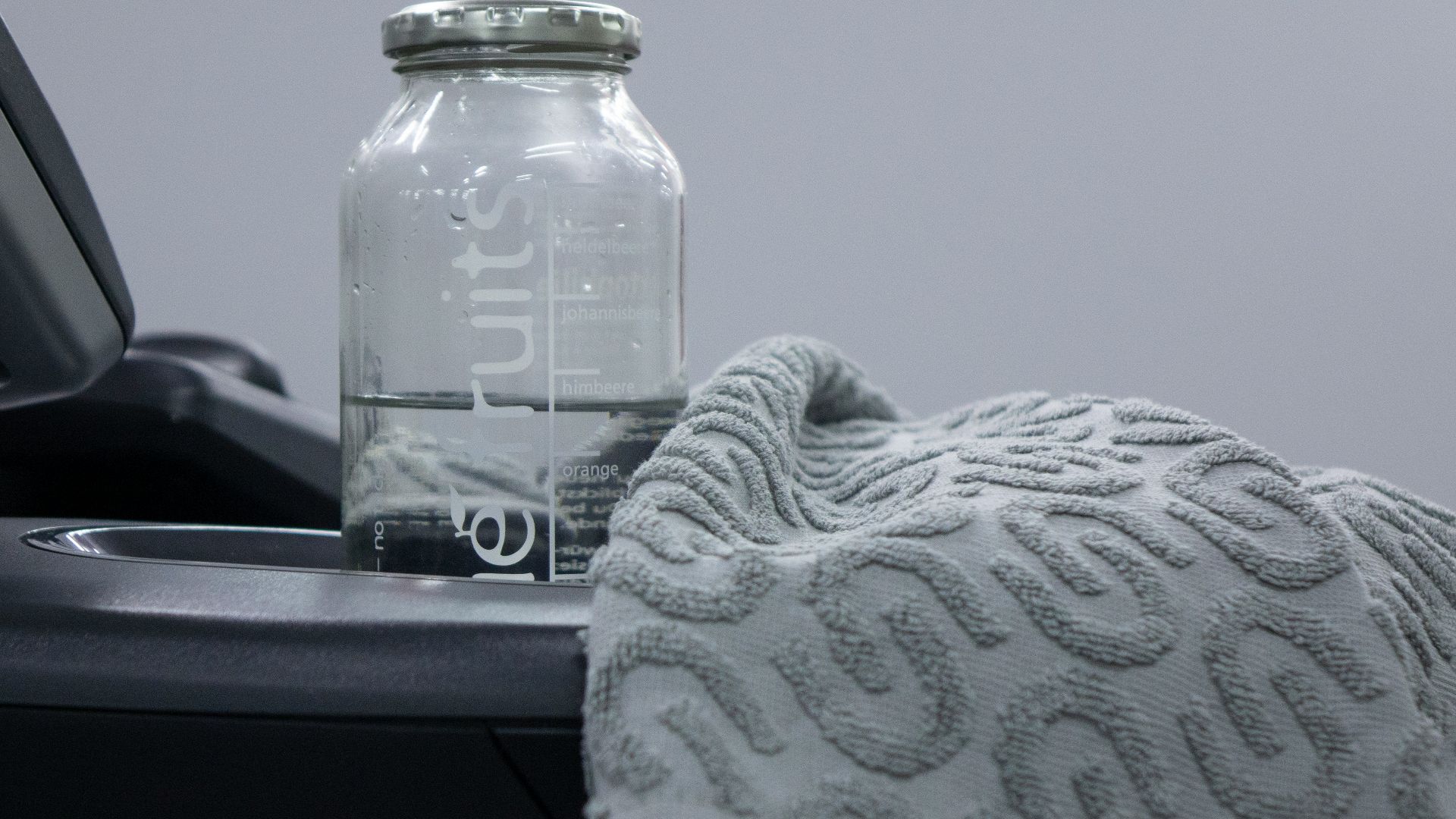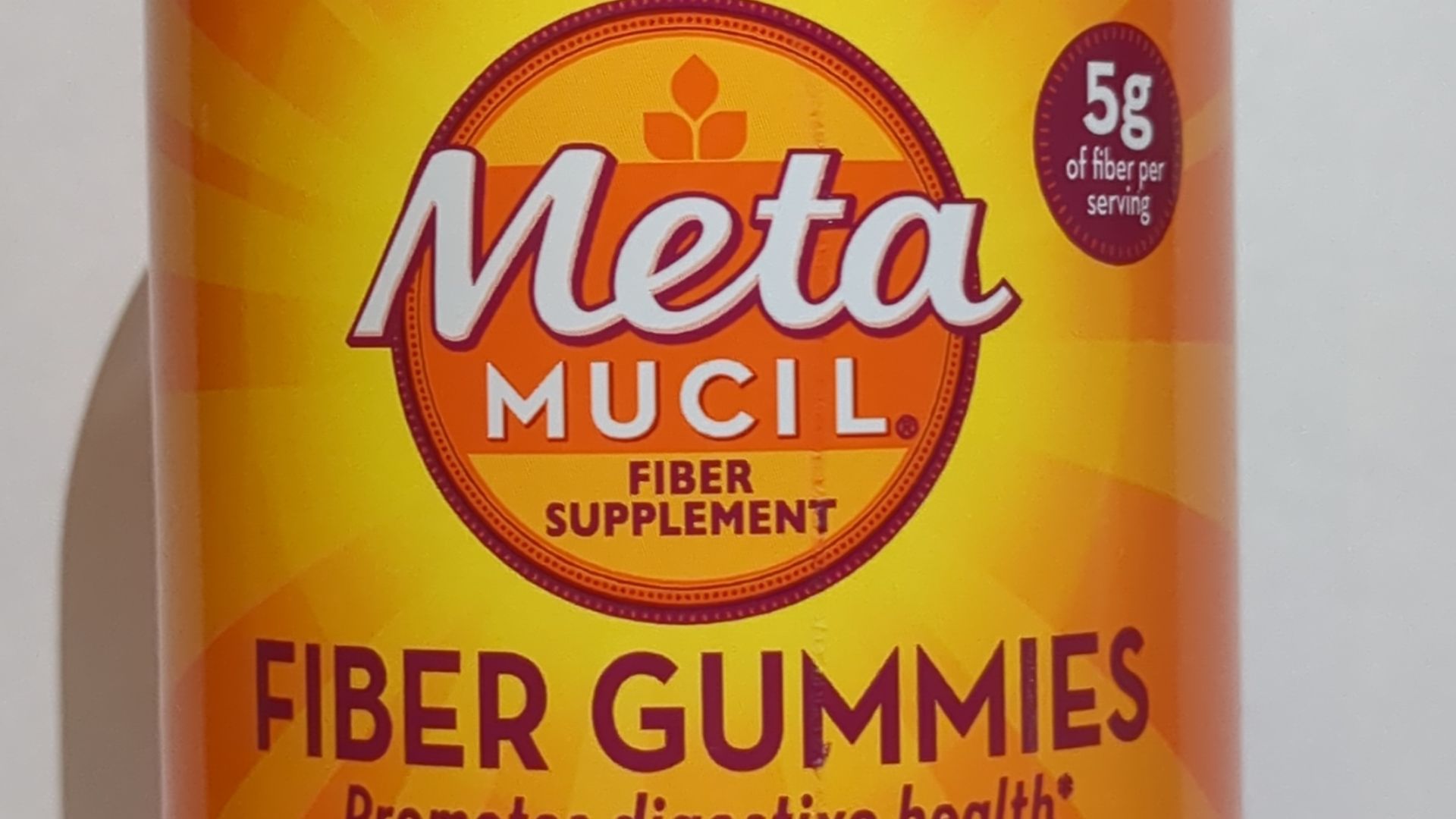Hidden Calories And The Fixes
You may be eating balanced meals, yet still wonder why the numbers on the scale aren't quite adding up. The answer often lies in unnoticed cooking habits that quietly add calories. Luckily, every hidden mistake has a smarter, lighter fix. This list explores both the sneaky habits and the simple swaps that change everything. Let’s begin with the cooking habits that add hidden calories.
1. Eyeballing Cooking Oil When Sautéing
A quick pour of oil can seem harmless, yet guessing instead of measuring often doubles the calories in your pan. Each tablespoon packs around 120 calories, and even healthy olive oil can push meals higher. Many home cooks underestimate usage, adding hundreds weekly.
2. Frequently Tasting With Small Bites
Those tiny “just to check” bites can quietly sabotage calorie tracking. Each spoonful adds up, and frequent tasters might unknowingly consume the equivalent of a small snack. These unrecorded mouthfuls often slip past food logs to create a calorie gap.
3. Greasing Pans With Butter Or Oil
Greasing pans adds invisible fat before food even hits the oven. Even cooking sprays labeled “zero-calorie” aren’t truly free when overused. A single bake can hide surprising extra calories, especially since most people never realize how much fat they’ve added.
4. Adding Extra Shredded Cheese To Casseroles Or Bakes
A handful of cheese feels harmless until you realize each ounce adds up to 110 calories. Melted cheese hides excess easily, blending into the dish and making overuse almost invisible. Those extra handfuls quickly increase both calories and saturated fat in casseroles.
5. Drizzling Olive Oil On Vegetables Before Roasting
A drizzle of olive oil feels harmless, yet each tablespoon adds roughly 120 calories. Even modest pours can tack on 50–100 calories per serving. Many home cooks underestimate this simple step, which turns roasted vegetables into unexpected calorie boosters.
6. Using Full-Fat Dairy To Thicken Sauces Or Soups
Creamy textures often conceal hefty calories. Full-fat milk and cream can add hundreds per serving, with a single cup of heavy cream surpassing 800. These rich ingredients quietly load sauces and soups with saturated fat.
7. Over-Incorporating Nuts Or Seeds Into Stir-Fries
A handful of nuts seems harmless, yet each ounce carries around 160 to 200 calories. Doubling the portion doubles the load. Added for crunch or texture, unmeasured nuts and seeds can silently push stir-fries and baked goods into high-calorie territory.
8. Balancing Savory Dishes With Added Sugar
That pinch of sweetness in a savory recipe often adds more than flavor—it adds calories that rarely get counted. A tablespoon of sugar brings about 48 calories, and even small spoonfuls in sauces or marinades raise the total energy intake.
9. Adding Butter Or Oil To Boiled Pasta Or Rice Post-Cooking
Finishing pasta or rice with butter or oil seems harmless, but it can add over 100 calories per tablespoon. That glossy coating offers minimal flavor payoff compared to its calorie load, quietly inflating totals in otherwise balanced meals.
10. Rendering And Reusing Bacon Fat For Flavoring
Using bacon fat or lard gives food a rich taste, yet adds hidden saturated fat and excess calories. Each spoonful turns ordinary vegetables or eggs into calorie-loaded dishes, making this practice an easy way to exceed daily intake goals.
Now that we’ve uncovered the sneaky habits that add extra calories, let’s move to the easy swaps that help keep meals lighter without losing their flavor.
1. Measure Oil With A Teaspoon
Precision beats guesswork when it comes to oil. Measuring with a teaspoon or using a spray bottle spreads it evenly and keeps portions controlled. These methods help maintain the taste while avoiding the quiet buildup that happens with casual pouring.
2. Limit Tastes To One Final Check
Multiple “taste tests” during cooking can sneak in more food than you think. Sticking to one final check keeps you mindful. Additionally, you can also chew on gum to distract from unnecessary bites. Both habits help keep those unnoticed extras from creeping into your meal.
3. Use Silicone Mats Or Parchment Paper For Non-Stick Baking
Silicone mats and parchment paper make greasing pans unnecessary. They also make cleanup easier and more efficient. Reusable mats offer a long-term way to bake lighter and keep the texture and flavor intact.
4. Incorporate Cheese Only As Per Recipe
When you measure cheese carefully and stick to the recipe’s amount, you keep its richness without overdoing it. Reduced-fat versions can work when used thoughtfully to offer that familiar taste and calcium while maintaining the dish’s light, balanced texture.
5. Toss Vegetables In Broth Or Water Before Roasting
A quick toss in broth or water keeps vegetables moist and enhances flavor. The liquid even coats evenly to prevent dryness and replaces the need for oil. As they roast, natural sweetness deepens, creating a crisp, golden finish without added heaviness.
6. Thicken With Low-Fat Milk Or Cornstarch Slurry
Sauces and soups gain body without heaviness when thickened with low-fat milk or a cornstarch slurry. Cornstarch adds texture without extra richness, and milk keeps everything smooth. The swap preserves creaminess but removes the weight of full-fat dairy.
7. Measure Nuts Precisely
Weighing nuts keeps portions honest, and toasting them deepens aroma and taste. This simple combination allows smaller amounts to stand out more. The flavor deepens, and the crunch stays satisfying to give the dish a balanced, lighter finish.
8. Use Alternatives For Marinades
Herbs, vinegar, and stevia create layers of flavor without added heaviness. Vinegar lends tang and stevia offers subtle sweetness. Herbs add a freshness. These swaps make marinades lively and aromatic, proving that richness doesn’t have to come from added sugar.
9. Toss Pasta Or Rice In Herb-Infused Water Or Stock Post-Cooking
After boiling, toss pasta or rice in warm, herb-infused stock for taste that lingers. The broth coats each grain or strand delicately, replacing oily finishes. This method enhances aroma and also adds depth, which keeps the dish beautifully balanced.
10. Flavor With Smoked Spices Or Herbs Instead Of Bacon Fat
Smoked paprika, chipotle, thyme, and rosemary bring the same depth people love in bacon fat—but without the grease. These seasonings infuse meals with richness and aroma to transform everyday dishes into flavorful favorites without relying on animal fats.



